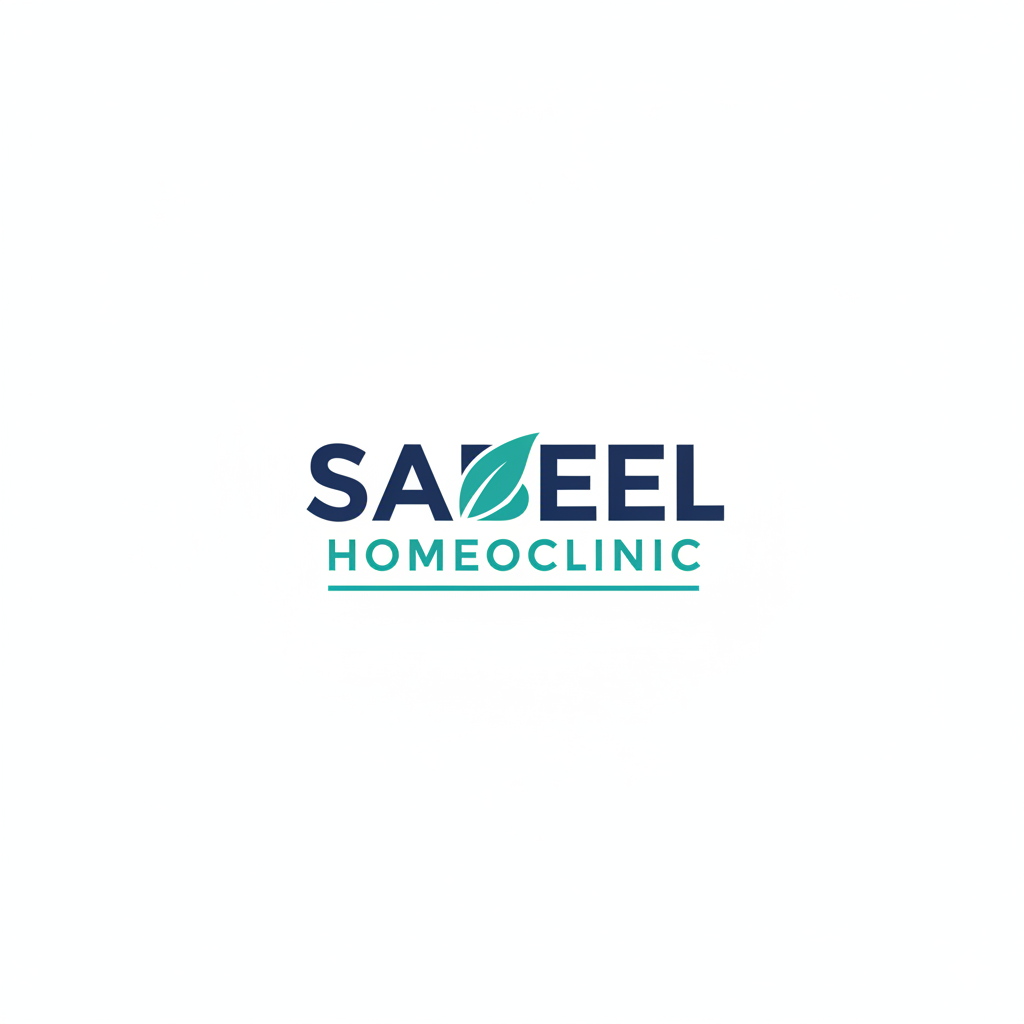Liver Thrombosis: Symptoms, Causes, and Homeopathic Treatments

Liver Fibrosis: Symptoms, Causes, Reduction Strategies and Homeopathic Treatment
February 16, 2025Nasal Adenoids: Homeopathic Treatments without Operation
February 16, 2025Liver thrombosis, also known as hepatic vein thrombosis or Budd-Chiari Syndrome, occurs when blood clots block the veins in the liver. This rare but serious condition disrupts blood flow and can lead to liver damage if untreated.
Symptoms of Liver Thrombosis
The symptoms of liver thrombosis can range from mild to severe, depending on the extent of the blockage. Common symptoms include:
- Abdominal Pain:
- Severe pain, especially in the upper right quadrant.
- Ascites:
- Accumulation of fluid in the abdomen, leading to swelling and discomfort.
- Jaundice:
- Yellowing of the skin and eyes due to impaired liver function.
- Nausea and Vomiting:
- Digestive issues resulting from liver dysfunction.
- Enlarged Liver (Hepatomegaly):
- Swelling of the liver detectable during a physical examination.
- Fatigue:
- Persistent tiredness and lack of energy.
- Leg Swelling (Edema):
- Swelling in the legs or ankles due to impaired blood flow.
Causes of Liver Thrombosis
Liver thrombosis occurs due to blood clot formation, which can be triggered by various factors:
- Hypercoagulable States:
- Conditions like protein C or S deficiency, antiphospholipid syndrome, and genetic clotting disorders.
- Liver Diseases:
- Cirrhosis and fatty liver disease increase the risk of clot formation.
- Infections:
- Infections like tuberculosis or parasitic diseases affecting the liver.
- Cancer:
- Hepatic or abdominal cancers can lead to thrombosis in liver veins.
- Pregnancy and Oral Contraceptives:
- Hormonal changes can increase the risk of blood clots.
- Trauma or Surgery:
- Abdominal surgeries or injuries may trigger clot formation.
- Idiopathic Causes:
- In some cases, no clear cause is identified.
How to Reduce the Effects of Liver Thrombosis
Managing liver thrombosis requires a combination of medical treatment and lifestyle adjustments:
- Medications:
- Use of anticoagulants to prevent blood clot formation and thrombolytics to dissolve existing clots.
- Healthy Diet:
- A liver-friendly diet with low sodium and balanced nutrients helps reduce liver strain.
- Regular Monitoring:
- Routine imaging and blood tests to monitor liver function and detect complications early.
- Avoiding Risk Factors:
- Limiting alcohol intake, managing obesity, and addressing conditions like diabetes.
- Physical Activity:
- Moderate exercise improves circulation and reduces clotting risks.
- Seizure Safety:
- For those with coexisting conditions, safety precautions are essential to prevent complications.
Recent Research and Advancements
Ongoing research into liver thrombosis aims to improve early diagnosis, treatment outcomes, and patient quality of life. Key developments include:
- Non-Invasive Diagnostic Tools:
- Advanced imaging techniques like Doppler ultrasound, CT scans, and MRI for early detection.
- Targeted Anticoagulation Therapy:
- Personalized approaches to anticoagulant use to balance efficacy and safety.
- Interventional Radiology:
- Techniques such as transjugular intrahepatic portosystemic shunt (TIPS) to improve blood flow.
- Genetic Research:
- Identifying genetic predispositions to improve screening and prevention strategies.
- Biological Therapies:
- Exploring anti-inflammatory and antifibrotic agents to complement clot-dissolving treatments.
Homeopathic Treatments for Liver Thrombosis
Homeopathy offers supportive care for liver thrombosis by focusing on the individual’s overall health and specific symptoms.
Dr. Sabeel homeopathic treatment provides a holistic approach to treating liver thrombosis by building expertise in this area.
Dr. Sabeel has buid expertise in the treatment of liver thrombosis for many past years. He has treated a number of pateients who have remarkably recovered from . This can be proven from the laboratroy tests of the patients.
Conclusion
Liver thrombosis is a serious condition requiring prompt medical attention and a holistic approach to management. By understanding its symptoms, addressing the underlying causes, and integrating medical and homeopathic treatments, patients can improve their prognosis. Recent advancements in research hold promise for more effective and less invasive treatment options in the future

